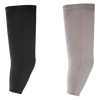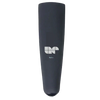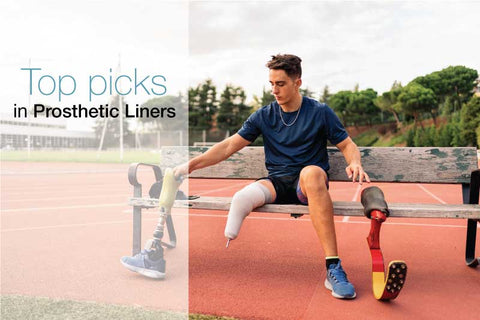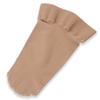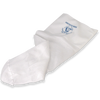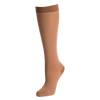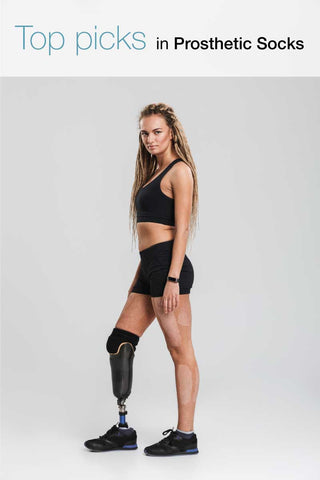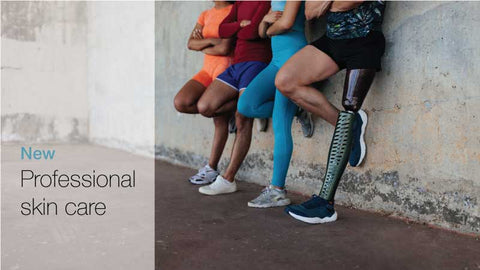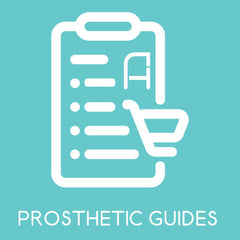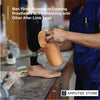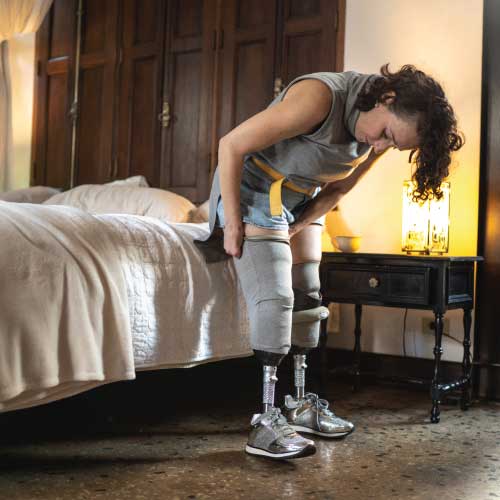Bristol Prosthetics Project Improves Texture and Grip for Enhanced Sense of Touch
Reading Time: 2 minutes
Most people don’t think much about being able to feel different textures and slipperiness of objects. However, having this capability could greatly enhance the lives of prosthetic arm users. A project at the University of Bristol in England, supported by a £80 million ($99 million) government grant awarded in December 2024, is working towards this goal.

Dr. Ben Ward-Cherrier, an expert in robotics and prosthetics, is leading the project. Under his leadership, the researchers aim to develop neuro-signals that can help overcome a significant limitation of current prosthetics. These signals would enable users of prosthetic arms to regain a sense of touch, allowing them to feel the textures and slipperiness of the objects they hold.
In a statement, Dr. Ward-Cherrier explains that restoring a natural sense of touch for prosthetic arm users requires a comprehensive understanding of how the human nervous system encodes tactile signals. This initiative will play a crucial role in interpreting these tactile signals, as well as demonstrating the feasibility of linking tactile sensors to specific sensory neurons.
For this project, Dr. Ward-Cherrier works alongside clinicians and world-leading experts in microstimulation—a technique that uses electrical currents to stimulate neurons—at the University of Aix-Marseille in Marseille, France.
In a statement, the UK’s Department for Science, Innovation & Technology said incorporating a realistic sense of touch into prosthetic arms could enhance the quality of life for millions who live with limb loss or limb differences across the world.
As of this writing, there is no update on when we can expect the first prototype of this project. However, this is a positive development. This project, which combines robotics, medical technology, and neuroscience, represents a significant leap forward in prosthetics. It provides promising solutions for individuals with limb loss and limb differences who are seeking enhanced functionality and sensory feedback.
What do you think about this new research? And would you wear a prosthetic limb that allows you to feel texture and slipperiness?

